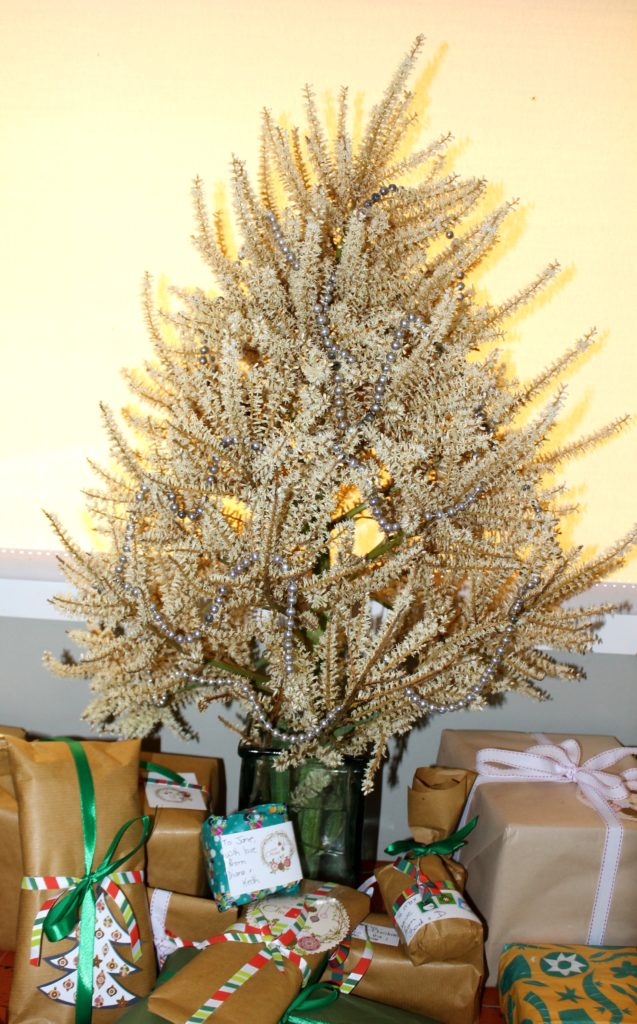 The lily that grows 20 metres high
The lily that grows 20 metres high
It’s not only you who is noticing the cabbage tree blooms this summer – it’s an exceptional season for this lily, all over the country. That’s right – you heard us correctly – the iconic cabbage tree which dots our landscape from city streets to rural wetlands, is actually a lily! Along with agave and yucca, cabbage trees (or ‘ti kouka’ in Maori) are a tree lily, and their flowers are borne on thick, fleshy stems which actually hold hundreds of creamy perfumed blooms. In late summer and autumn, the flowers are replaced with attractive purple-blue berries.
Because this giant of the lily family can grow up to 20 metres high, the flowers are often out of perfume-enjoyment range – but not if you have a few tricks to bring them closer to the ground. Cabbage trees seldom resent a good prune – in fact they seem to sprout away from any cut as if by magic. So before your tree begins heading for the sky, lop off a side branch or two with a hand saw to reduce its height – and don’t waste the cut branch. Lie it down horizontally on disturbed soil (preferably in a damp spot), and it will very likely regrow! However, if you’re not into saws and digging, simply choose a shorter variety of cabbage tree such as Midnight Star, Red Star, Burgundy Star or Chocolate Mint. These lily trees grow to around 3m in height and can be planted in containers.
Once you have a cabbage tree bloom within reach, don’t be afraid to bring it indoors. The stems are easily severed, and the flowers will perfume the house for 2-3 weeks providing you keep the water topped up in the vase on a daily basis (this is one thirsty cut flower!). Cabbage tree flowers can also be used as a beautiful, sweetly scented ‘Christmas tree’.
Giant of the Himalaya
Another giant in the lily family is also in bloom now. Cardiocrinum giganteum (known to gardeners as Lileum gigantium) grows up to 3 metres high but is not at all tree-like. Creamy purple-throated trumpet flowers are borne on a thick green spike which towers above large glossy leaves, and the perfume from the blooms is heavy and intoxicating. Your first indication that this lily is in flower is likely to be the scent, and it is only when you look up that you spot the flowers.
This lily favours rich humus-laden soil and a damp environment, and although it is entirely possible to give it a home in your garden, you will have to be patient when it comes to spectacular results. For 6 of its 7 year life, the lily (which is dormant in winter) grows a set of lush leaves, but no flower. In its seventh year, the flower spike emerges, with its beautiful blooms opening at the start of summer.
While you wait for your own lileum giganteum to produces flowers, check with your local botanic gardens about the chances of spotting these beauties there. The lily’s tall flower spikes make the species ideal for public plantings. And if you want to take a tiki tour to view these fragrant flowers, head to Canterbury’s Mt Peel Station or Orari Estate where Cardiocrinum giganteum bloom in profusion and take centre stage at open day fundraising events for local charities (contact Geraldine Visitor Centre ph 03-693 1101 to check on dates and times).










Join the Discussion
Type out your comment here:
You must be logged in to post a comment.